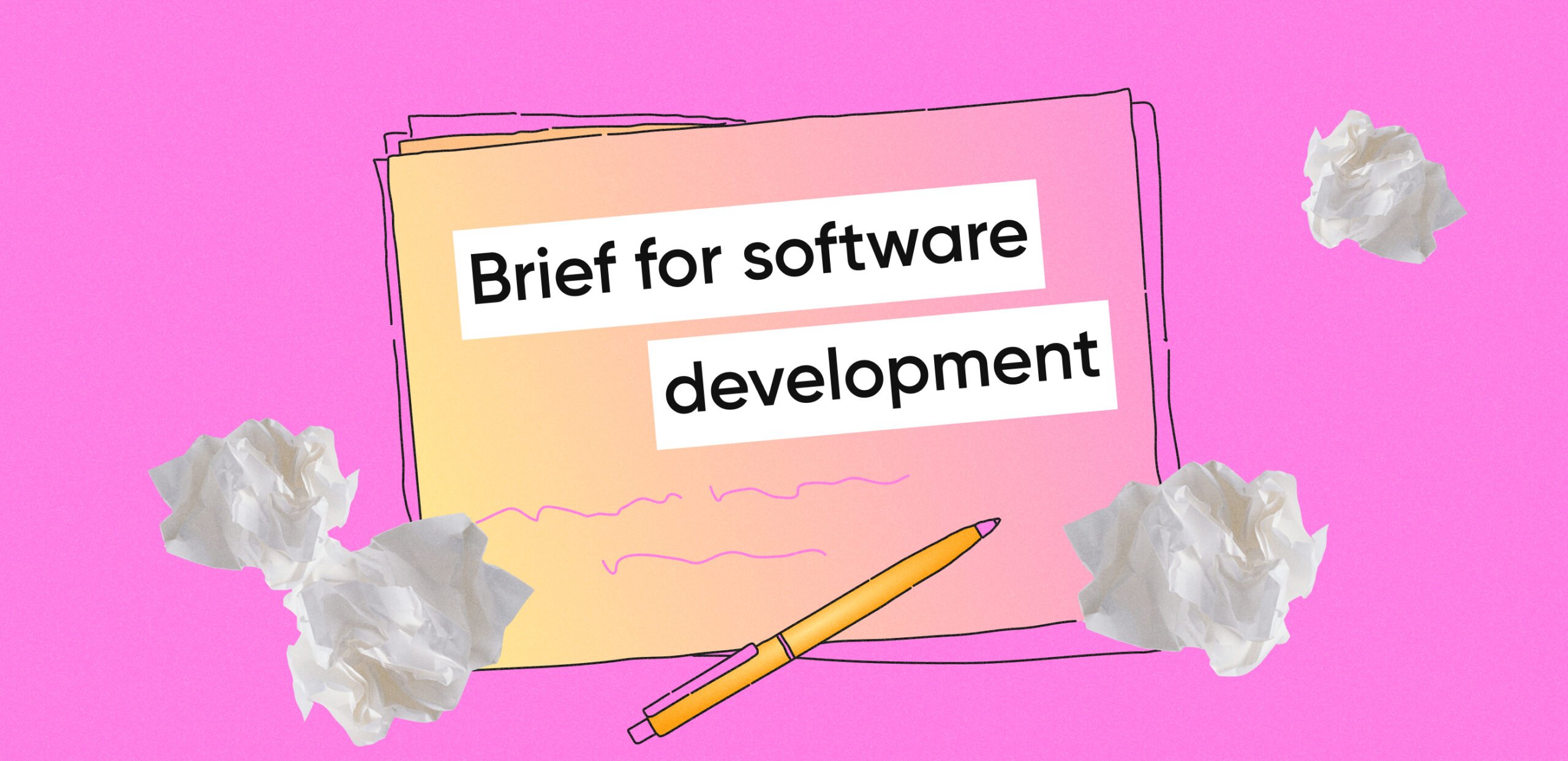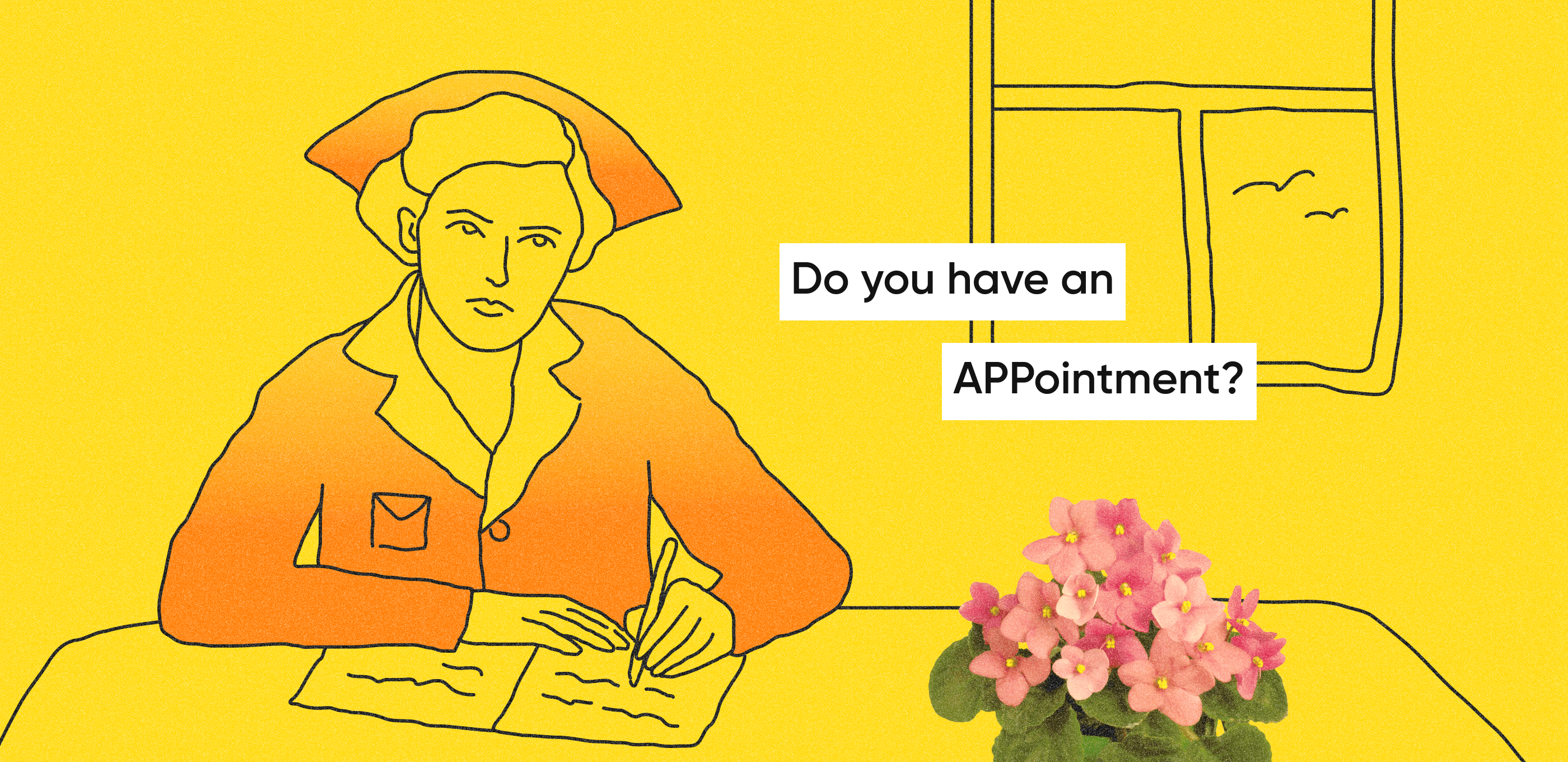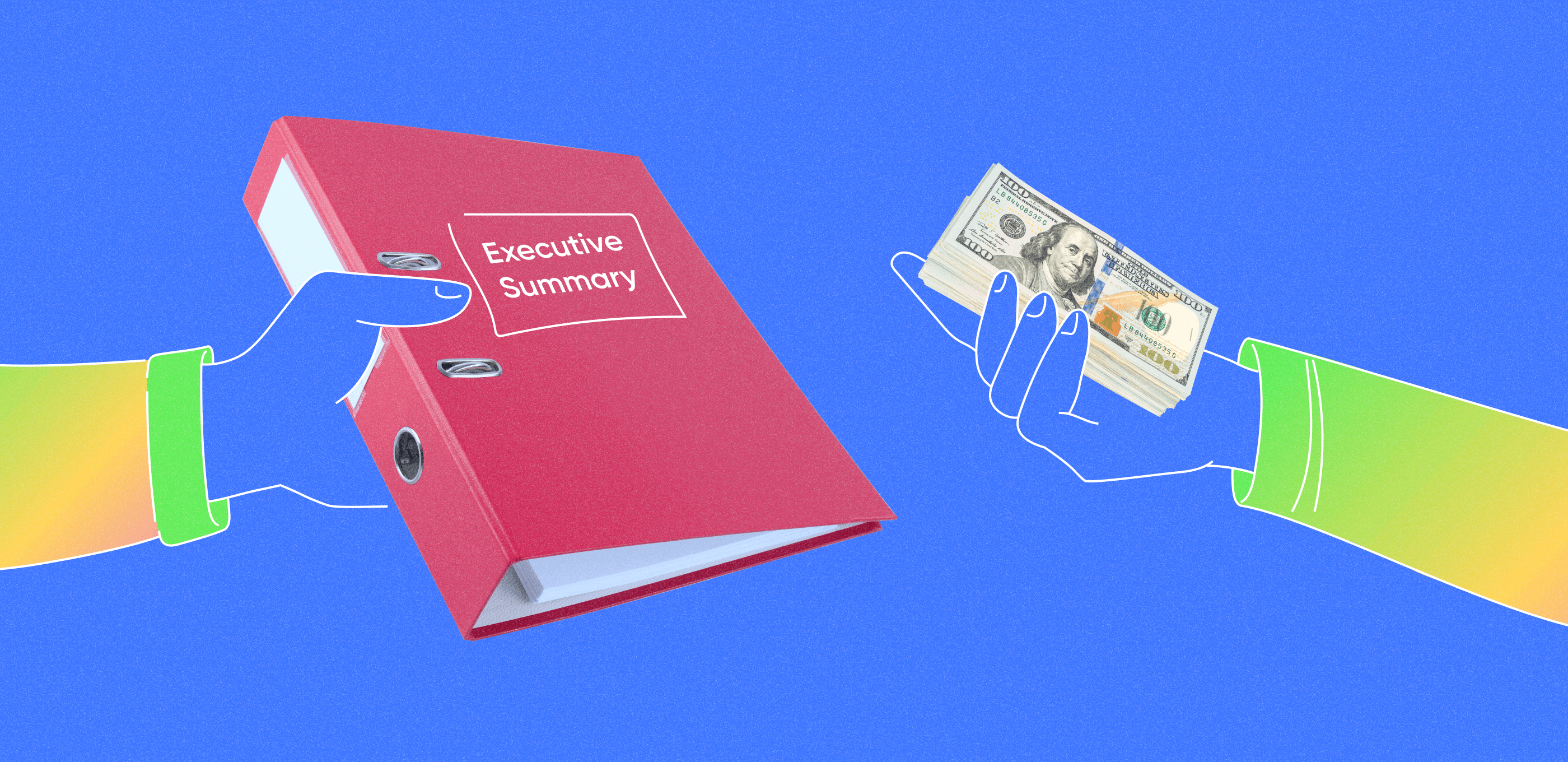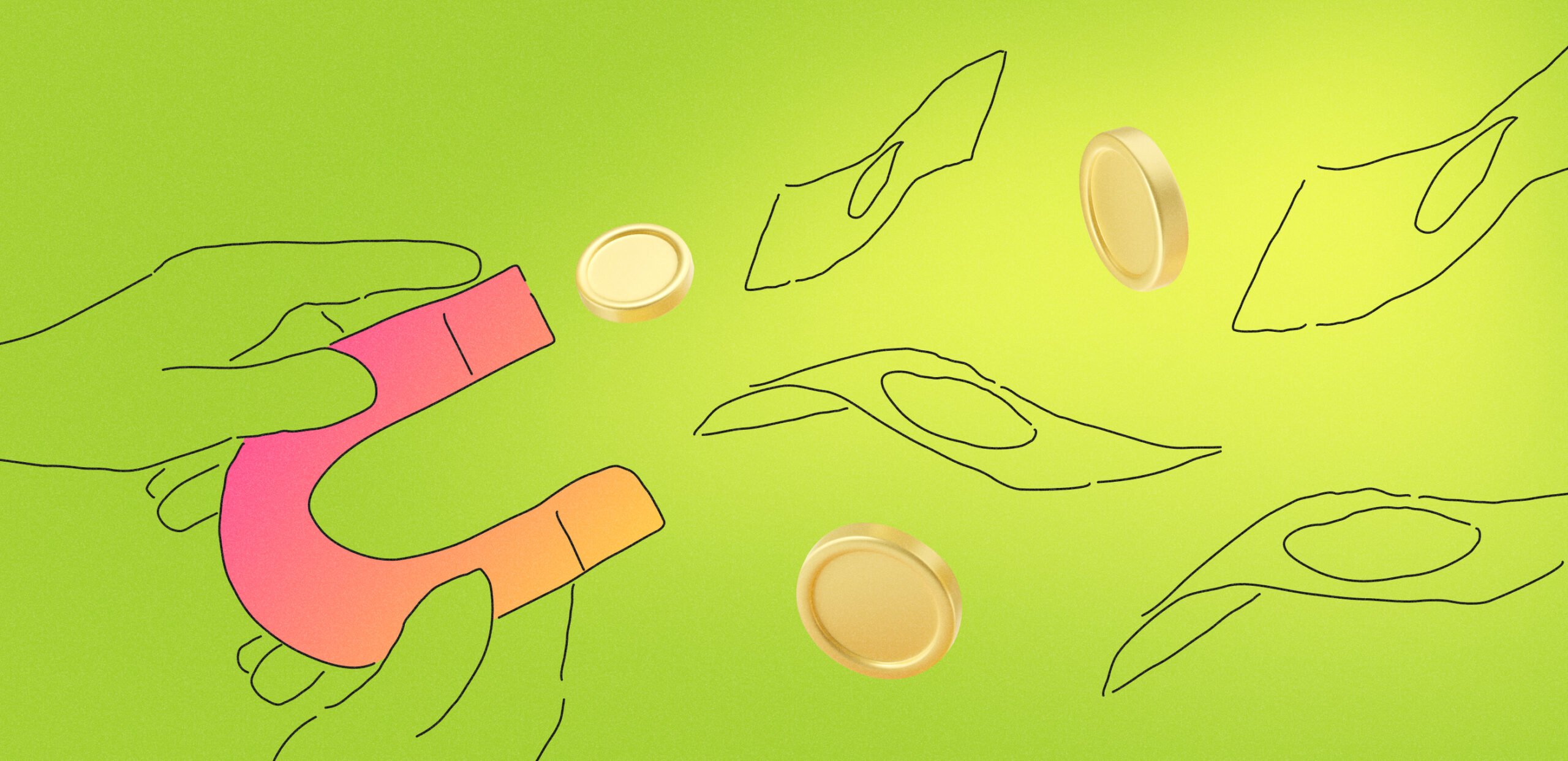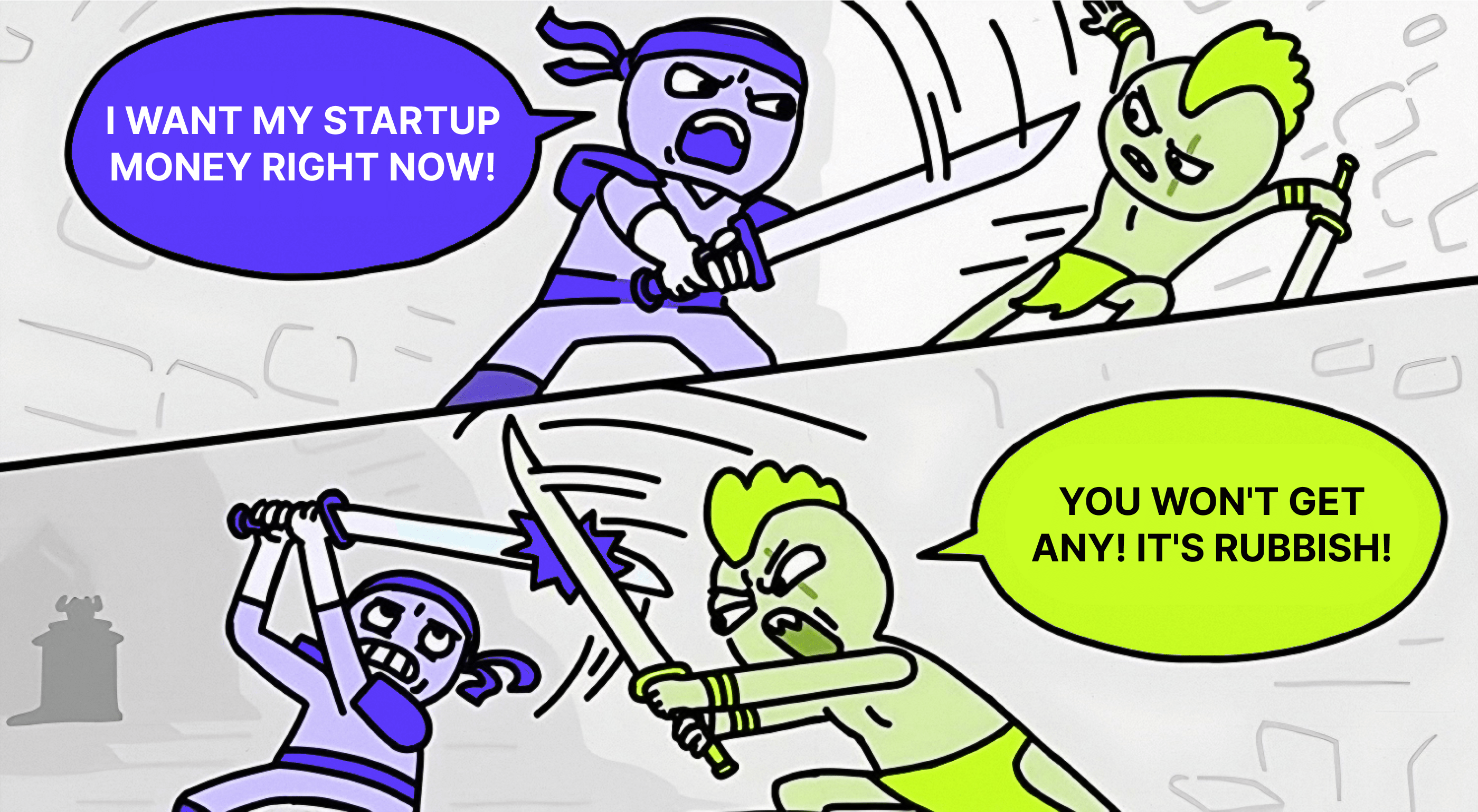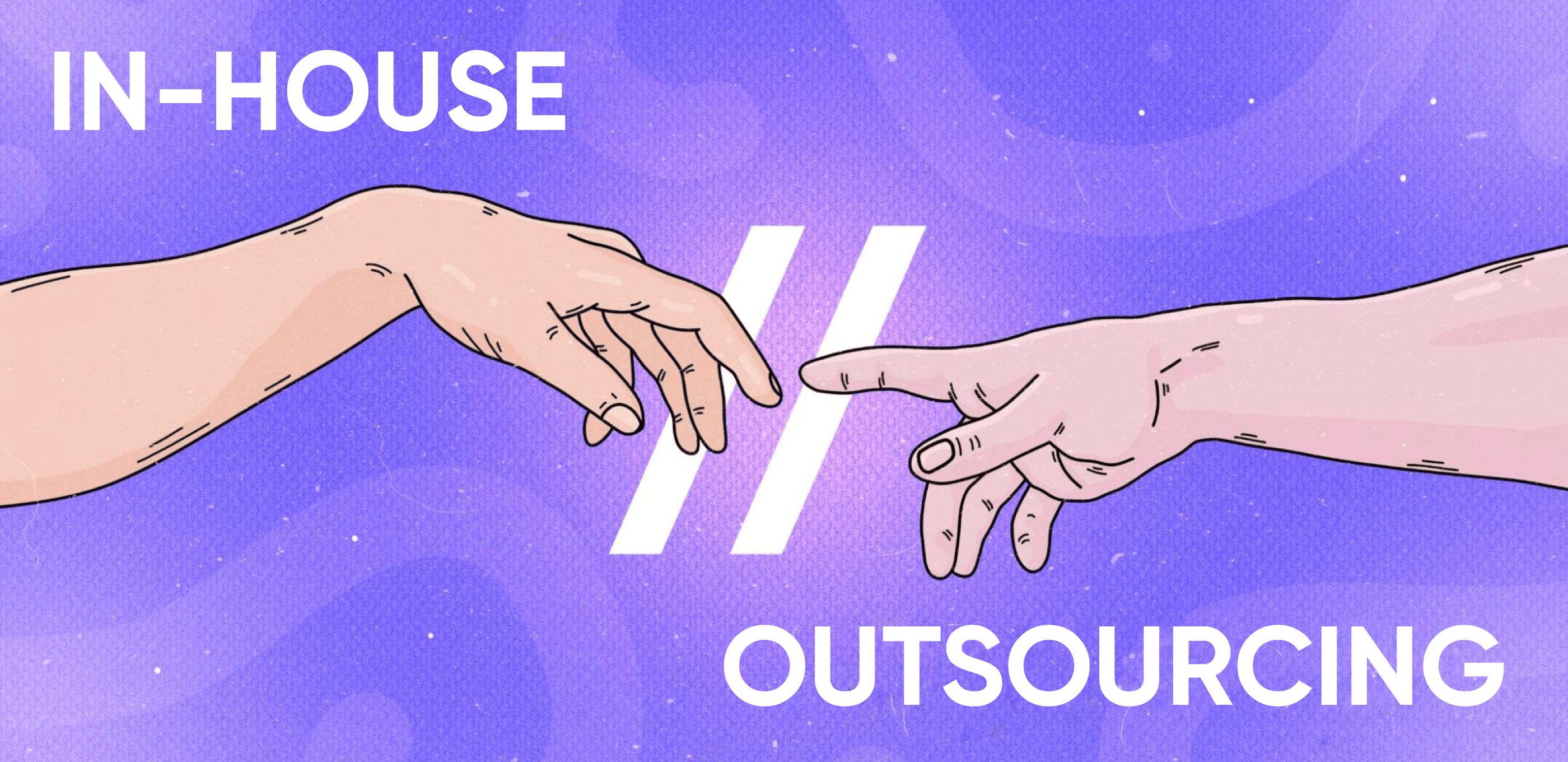Why you need a brief when developing a mobile application
Imagine: you come to a store to buy a jacket. The retail associate shows you blue, green, orange, and white jackets. But nothing feels right because you wanted a red one. The whole experience feels annoying, and it seems like you wasted your time by coming to this store.
It’s the same with mobile apps. Neither shop assistants nor developers can read minds. Therefore, until you explain what exactly you want to get for your money, you will have to go through a bunch of unsuitable options.
A development brief helps save time — both yours and the developer’s.
It will only take you 5-10 minutes to fill out the brief. The developers will analyze the information and plan how to create a mobile app to match your request.
How to effectively fill out a brief for mobile development
The main rule for filling out the brief is to answer the questions in the questionnaire honestly and go into detail. The more you tell about your project, the better the developers will understand your needs and choose the best model for cooperation.
Brief structure and example answers
Let’s discuss how to answer brief questions correctly to provide all the needed information.
Client info
The purpose of this set of questions is to collect the client’s contact information. When you fill out the brief, we recommend that you double-check the details. If you accidentally enter the wrong phone number or email, it will be difficult for developers to get back to you.
Example:
Christopher Davis
San Francisco, California
Purrweb, mobile, and web development studio
+1 (484) 460-80-69, [email protected]
Project info
Here, you are asked to describe your project idea in detail: the goals and objectives, the type of development, and the platforms you want to target. This information will help developers choose the right technology stack and estimate costs and timelines more accurately.
Example:
We want to develop a mobile application for high school kids who are about to take the SAT. On our platform, they will be able to take quick sample tests on the go, in any convenient place — on the subway, in a coffee shop, or on the bus to school. We want to make the application user-friendly and interactive and add game elements, just like Duolingo.
The goal of our project is to increase access to SAT samples for all high school students. We will offer a free version and a premium version for $5.99 per month.
We need a mobile app for Android and iOS built from scratch. We already have a website that we can use as a reference.
Target audience and use-case scenarios
To define the application’s features, the developer will need a description of the specific tasks that users will be able to perform using your platform. We have collected several examples of use-case scenarios.
Examples:
Anna, 16 years old
Anna is a junior and plans to take the SAT this summer. She wants to get into a good university, so she has started preparing for the exams way in advance. In addition to tutoring, AP classes, and extracurricular activities at school, she uses our app daily while taking the subway home. Just 15-20 minutes a day will help her pass the exams and improve her score.
Johnny, 22 years old
Johnny is an international student from the United Kingdom who graduated from high school a couple of years ago, but didn’t go to college right away. Now, he has saved some money and wants to apply for a program at an American university. For that, he needs an SAT score. Johnny has no finances for tutors, and he is from a different country. Therefore, our application is the most convenient option for him. He uses the platform 2-3 times a week and spends around an hour each time.
Shelly, 46 years old
Shelly teaches at school and tutors for the SAT. Every year, she has around 10-15 students for the test. To keep up with the updates and remember the gist of the questions, she uses our application. Shelly is an infrequent user; she visits the platform once every two weeks and prefers the free version.
References and competitors
Here, you are required to attach links to similar projects that inspire you. It doesn’t matter if it’s a real project or just someone’s Dribbble wild experiment. We recommend that you go to this resource before filling out the brief, enter keywords into the search, and select 3-4 projects that match your ideas.
Example:
We want to create a modern, minimalistic app that combines a white minimalistic interface with our signature color purple (HEC code: #C8A2C8). Our references are Kenzui (for design) and Duolingo (for app features).
The key functions we need are registration, a test catalog with the search bar, a test page, and a timer.
We have competitors in the mobile application market, but they have outdated and overloaded interface designs. Our difference is that our application will be modern-looking and contain game elements.
Budget and timeline
Describe the deadline for the application and how much money you expect to spend. Be realistic: no one will judge you for a small budget or a tight deadline. On the contrary, developers will figure out how to deliver your application on time.
If you want a complex and stuffed app, but your budget is only $25,000, the team will tell you which features can be saved for later without compromising on the quality of user experience.
Example:
Our budget is $65,000.
We want to have the app ready by February 2024. But we need a presentation with mockups by September 2023 to show it to investors.
Free brief template
To help our fellow developers, we have created a universal brief template. Copy and enjoy!
Feel free to tweak things around, depending on the services you offer and the industries you work with.
To sum up
Detailed brief is the key to successful work with the developer. The more thoroughly you describe your requests, the better contractors will understand what you need and select the ideal model for cooperation.
Remember our jacket example? Imagine that you come to the store and immediately say: “I need a red winter jacket, knee length, with a hood, and my budget is $120,” and in 15 minutes, you leave with a purchase.
The same applies to mobile app development. If you clearly explain what product you need, you will end up with a modern and convenient solution, delivered on time and within your budget.

